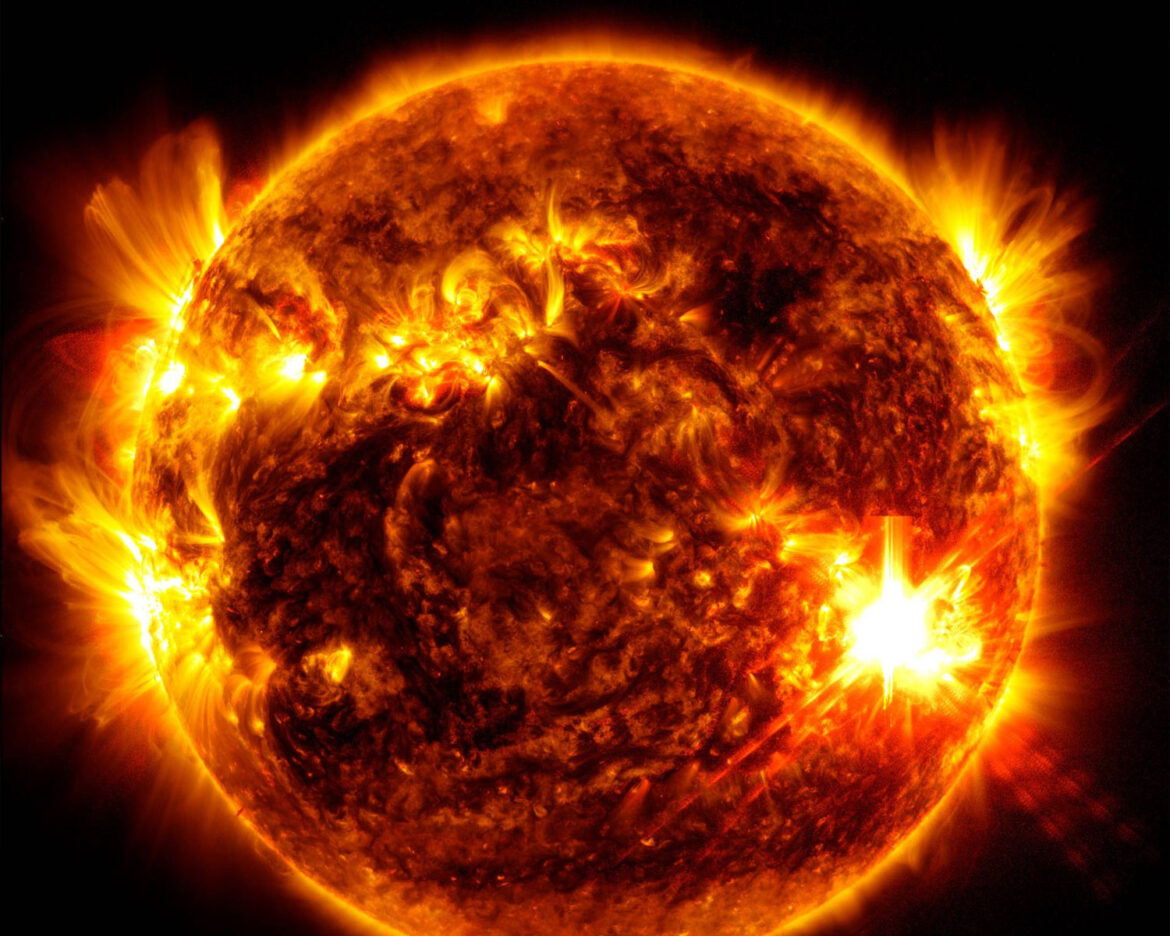Today, Earth was hit by a strong solar storm, reaching a level-four geomagnetic storm on a five-point scale, the US National Oceanic and Atmospheric Administration (NOAA) announced. This storm started around 1500 GMT and might last for several hours, but is not expected to get stronger.
Because of the storm, the northern lights, or aurora borealis, might be visible farther south than usual. People in Alabama and northern California could see them tonight if the conditions hold.
The storm is caused by coronal mass ejections (CMEs), which are huge bursts of particles from the Sun. When these particles hit Earth, they can create beautiful auroras but also cause problems.
Eric Lagadec, an astrophysicist from the Cote d’Azur Observatory in France, mentioned on social media that there might be a chance to see the auroras if the storm continues until nightfall.
NASA astronaut Matthew Dominick shared a stunning photo of the aurora borealis from the International Space Station, showing the lights from space.
However, solar storms can also cause issues like affecting radio communications, disrupting satellites, and stressing the power grid. Authorities have warned those running sensitive systems to prepare for these possible effects.
This storm follows some of the strongest geomagnetic disturbances in 20 years, which also allowed the northern lights to be seen in unusual places like the US, Europe, and Australia.
Such events are becoming more common as the Sun approaches its peak activity in its 11-year cycle.



